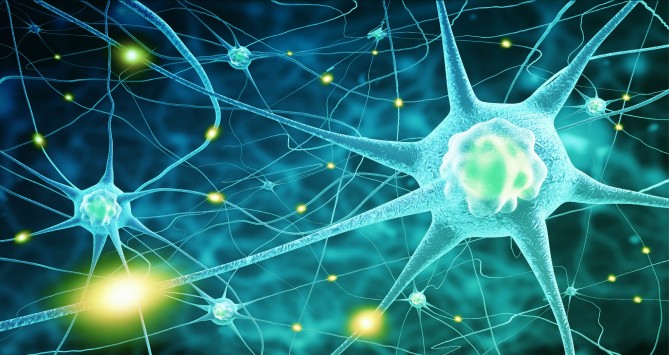Using Neurokinetic Therapy to Create More Efficient Movement

The body is a complex system of relationships that are governed by the nervous system and the brain. During a weekend Level I Neurokinetic Therapy (NKT) Alfred investigated these relationships. It was a pleasure to learn directly from David Weinstock, who developed NKT.
How Do We Move When Injured?
In the body every muscle works in a co-ordinated manner to create a movement. Injuries, surgeries or illnesses mess up the motor control centre. Humans have a phenomenal capacity to develop compensatory patterns to get the job done but are still dysfunctional. Even when the original injured tissue is healed these compensation patterns persist for years unless addressed.
“Athletes are the best compensators” – David Weinstock
Our muscles are either prime movers, synergists, functional opposites or stabilizers depending on the movement. When there is an injury or trauma (direct or overuse) to the tissue these relationships get mixed up. Repeated inefficient movements lead to earlier onset of fatigue, further trauma and injury. An example of this is pec minor tension which brings the shoulder forward close the joint where the rotator cuff functions from. This reduces the ability to lift overhead and can lead to frozen shoulder or tendinitis.
What is Neurokinetic Therapy?
NeuroKinetic Therapy is a sophisticated assessment and treatment modality that addresses the causes of dysfunctional movement/coordination problems at their root in the motor control center in the cerebellum. The motor control center stores these patterns and directs their completion through the spinal cord and the muscles. The motor control center learns through failure
David Weinstock
How Does NKT Work?
A therapist using Neurokinetic Therapy (NKT) is investigating how the motor control center is function by testing various muscles and their relationships. A muscle testing weak could be inhibited by any tissue that has proprioceptive nerves – such as scars, tendons, ligaments, joint capsules, fascia and organs not just muscles.We even found popliteus, a muscle behind the knee doing the work of 6 leg muscles for someone with recent knee surgery. I found a scar on my right abdomen from deep surgery that was preventing my quadratus laborum from functioning properly – this has been ongoing since 1977!
A place of soreness is often a symptom of what is going on above and below. With muscle testing we investigate inhibited and facilitated relationships, release what we think is inhibiting and retest to see if this relationship has changed; if not there is another relationship that needs to be addressed.

Clients are given homework to complete twice daily to continue the release and strengthening. This is highly important because it can take up to several thousand repetitions to get a new pattern ingrained in the motor control center. A “tight”feeling facilitated muscle will often start to soften as the previously inhibited one comes back online and the nervous system modulates to reduce the tone in the previously tight feeling muscle.
The motor control centre is quite adaptive. Improper motor control is often found in patients with low-back pain; pain inhibits(prevents) muscles from firing properly thus making them weak and prone to injury. Other tissues like tendons, ligaments and muscles which transfer load can take 6-12 weeks or even longer to truly get stronger. There are studies that show Achilles tendons and anterior cruciate ligament still remodeling a year after the original injury or surgery.
I am looking forward to helping clients move more efficiently and effectively by using more finely tuned movement detective skills.
Discover your compensation patterns and become a more efficient mover by booking a session with Alfred Ball.






